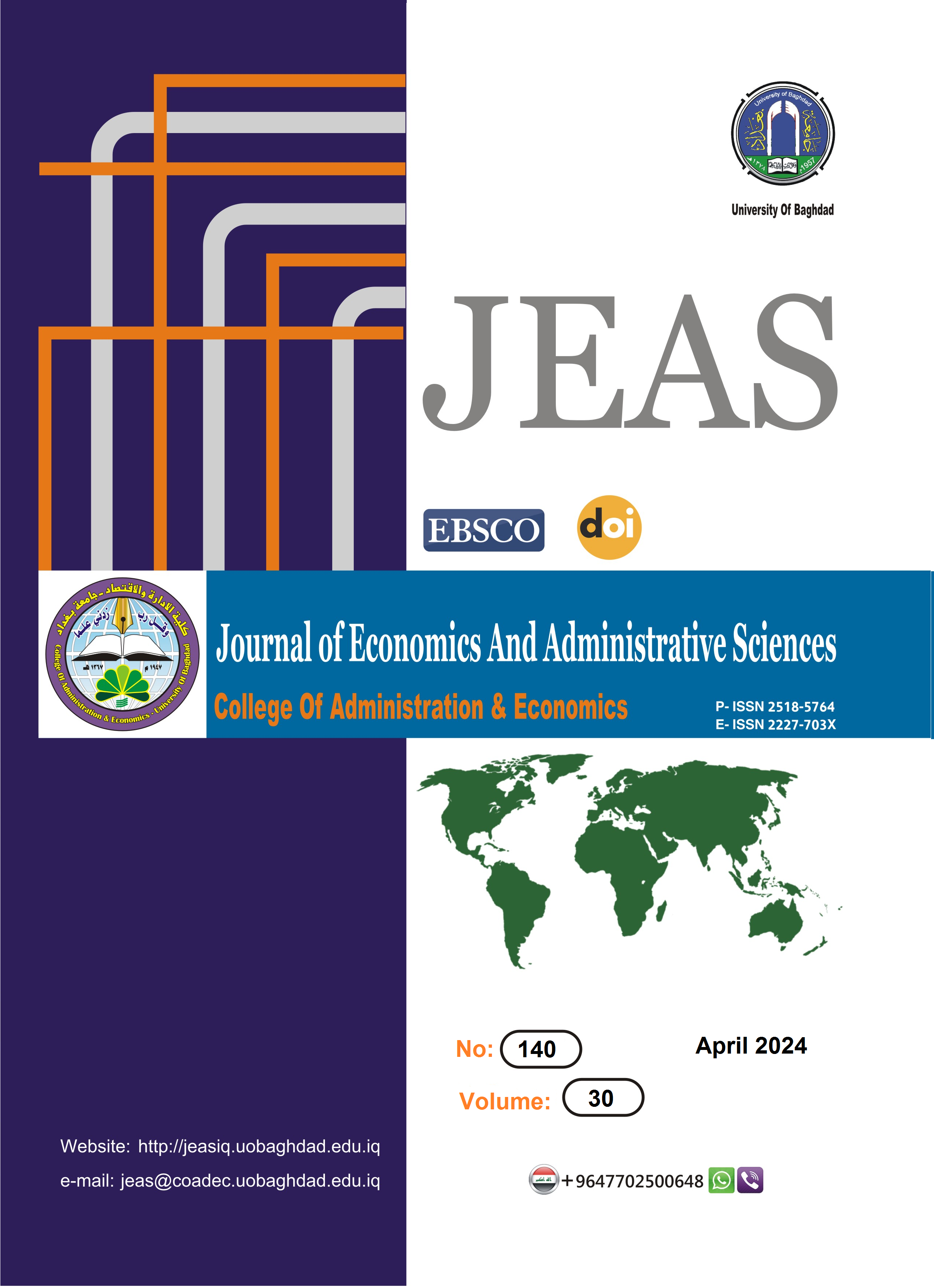A Partial Maximum Likelihood Method to Estimate Cox Model for Competing Risk Data with Application
DOI:
https://doi.org/10.33095/619t1m17Keywords:
Hazard function, Complete data, Cox proportional hazards model, partial Maximum likelihood, Newton-Raphson algorithm, Downhill algorithm.Abstract
Many Research and clinical studies have addressed the occurrence of failure (death). As a result of other (external) factors, which may introduce additional risks that compete with the event under study. The resulting data refers to the complete data on Competing risks, which are affected by time differences. The exact times of occurrence of these risks are known, meaning the times of failure are observed for all observations with certainty. The impact of these risks on the hazard function is estimated based on the Cox proportional hazards model, which is estimated using the partial maximum likelihood method and numerical algorithms for parameter estimation. This includes the effect of variables on the Cox hazard function and the nonparametric part, estimated by assessing the effect of time on the hazard function using the Kaplan-Meier formula and calculating competing risks through the cumulative hazard function.
These methods were applied to experimental data through large-scale simulations of different sizes and parameters and for several arithmetic means and standard deviations models. Moreover, applied to real data from a sample of 80 individuals with breast cancer. Analyzing the simulation results and real data revealed that the Downhill algorithm outperforms the Newton-Raphson algorithm in terms of estimation accuracy and efficiency, based on the statistical criterion for comparison, the root mean square error. In addition, competitive risks explained the effect of common variables in increasing competitive risks beyond the hazard function of the Cox model of the Newton-Raphson estimator. While it is converging to the hazard function of the Cox model for the Downhill estimator .
Paper type: Research paper
Downloads
Downloads
Published
Issue
Section
License
Copyright (c) 2024 Journal of Economics and Administrative Sciences

This work is licensed under a Creative Commons Attribution-NonCommercial-NoDerivatives 4.0 International License.
Articles submitted to the journal should not have been published before in their current or substantially similar form or be under consideration for publication with another journal. Please see JEAS originality guidelines for details. Use this in conjunction with the points below about references, before submission i.e. always attribute clearly using either indented text or quote marks as well as making use of the preferred Harvard style of formatting. Authors submitting articles for publication warrant that the work is not an infringement of any existing copyright and will indemnify the publisher against any breach of such warranty. For ease of dissemination and to ensure proper policing of use, papers and contributions become the legal copyright of the publisher unless otherwise agreed.
The editor may make use of Turtitin software for checking the originality of submissions received.


























